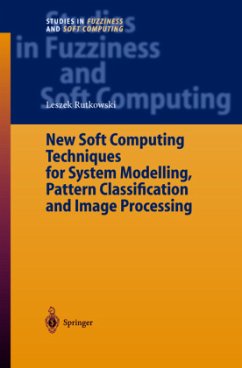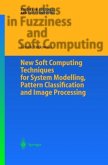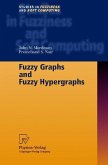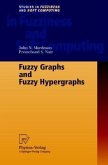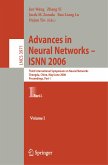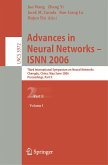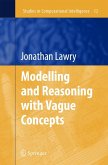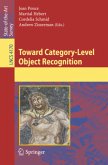This book presents new soft computing techniques for system modeling, pattern classification and image processing. The book consists of three parts, the first of which is devoted to probabilistic neural networks including a new approach which has proven to be useful for handling regression and classification problems in time-varying environments. The second part of the book is devoted to Soft Computing techniques for Image Compression including the vector quantization technique. The third part analyzes various types of recursive least square techniques for neural network learning as well as discussing hardware implementations using systolic technology. By integrating various disciplines from the fields of soft computing science and engineering the book presents the key concepts for the creation of a human-friendly technology in our modern information society.
Science has made great progress in the twentieth century, with the establishment of proper disciplines in the fields of physics, computer science, molecular biology, and many others. At the same time, there have also emerged many engineering ideas that are interdisciplinary in nature, beyond the realm of such orthodox disciplines. These in clude, for example, artificial intelligence, fuzzy logic, artificial neural networks, evolutional computation, data mining, and so on. In or der to generate new technology that is truly human-friendly in the twenty-first century, integration of various methods beyond specific disciplines is required. Soft computing is a key concept for the creation of such human friendly technology in our modern information society. Professor Rutkowski is a pioneer in this field, having devoted himself for many years to publishing a large variety of original work. The present vol ume, based mostly on his own work, is a milestone in the devel opment of soft computing, integrating various disciplines from the fields of information science and engineering. The book consists of three parts, the first of which is devoted to probabilistic neural net works. Neural excitation is stochastic, so it is natural to investi gate the Bayesian properties of connectionist structures developed by Professor Rutkowski. This new approach has proven to be par ticularly useful for handling regression and classification problems vi Preface in time-varying environments. Throughout this book, major themes are selected from theoretical subjects that are tightly connected with challenging applications.
Hinweis: Dieser Artikel kann nur an eine deutsche Lieferadresse ausgeliefert werden.
Science has made great progress in the twentieth century, with the establishment of proper disciplines in the fields of physics, computer science, molecular biology, and many others. At the same time, there have also emerged many engineering ideas that are interdisciplinary in nature, beyond the realm of such orthodox disciplines. These in clude, for example, artificial intelligence, fuzzy logic, artificial neural networks, evolutional computation, data mining, and so on. In or der to generate new technology that is truly human-friendly in the twenty-first century, integration of various methods beyond specific disciplines is required. Soft computing is a key concept for the creation of such human friendly technology in our modern information society. Professor Rutkowski is a pioneer in this field, having devoted himself for many years to publishing a large variety of original work. The present vol ume, based mostly on his own work, is a milestone in the devel opment of soft computing, integrating various disciplines from the fields of information science and engineering. The book consists of three parts, the first of which is devoted to probabilistic neural net works. Neural excitation is stochastic, so it is natural to investi gate the Bayesian properties of connectionist structures developed by Professor Rutkowski. This new approach has proven to be par ticularly useful for handling regression and classification problems vi Preface in time-varying environments. Throughout this book, major themes are selected from theoretical subjects that are tightly connected with challenging applications.
Hinweis: Dieser Artikel kann nur an eine deutsche Lieferadresse ausgeliefert werden.

